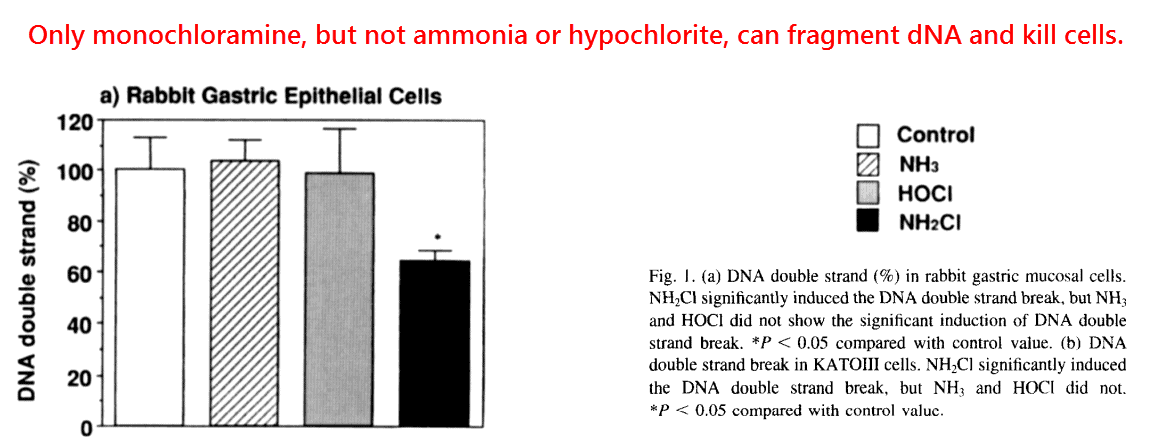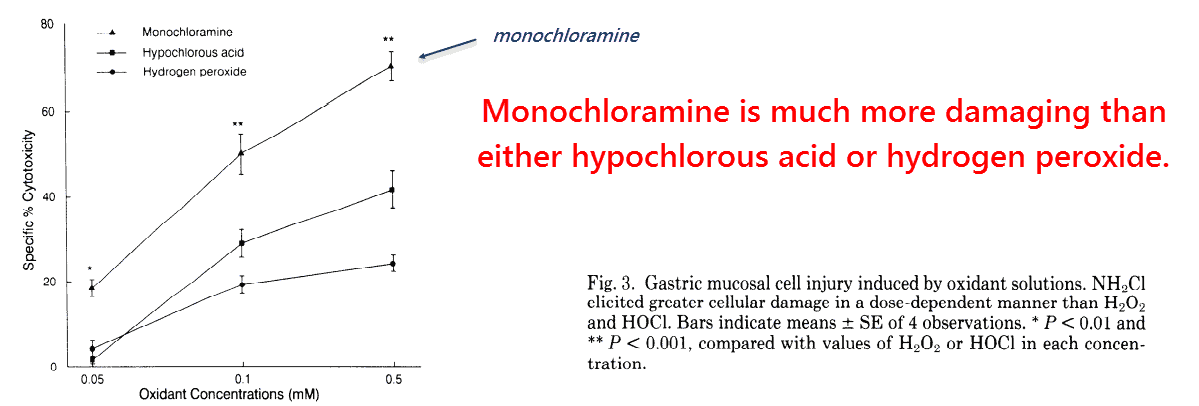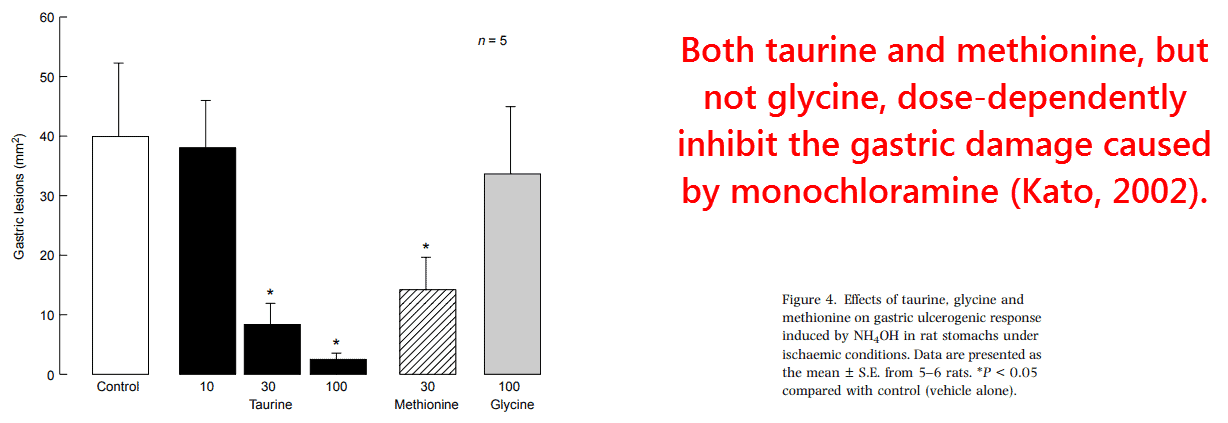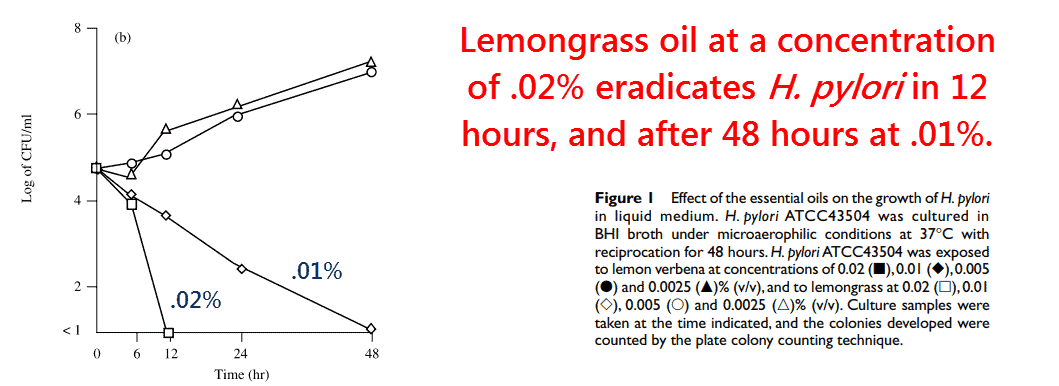
Bacteria like H. pylori don’t stand a chance when you use this
—-Important Message From Our Sponsor—-
Stay rocky after coming with this “recover and re-pound” technique

After an incredible romp in the bed, you might be ready to call it a night…
But what if she’s hoping you could pump her juices a little longer?
Well, you could chill out a little… and wait 30 to 60 minutes. Or longer…
But her wet love hole is going to dry up faster than a bead of water on an Arizona parking lot during the summer.
You could go down on her with your tongue to fan her flames of desire…
You could let your fingers do the magic…
Or you could use this “recover and re-pound” technique and be instantly rocky and ready to go again!
(And it feels really good for you too…)
———-
Neutralize bad bacteria in the body with this special kind of cinnamon
Spiral-shaped bacteria like Helicobacter pylori have been associated with ulcers for nearly a century…
…yet it wasn’t until the 1980s that they were formally named.
Today, it’s known exactly how H. pylori causes ulcers, how it survives in the stomach, and what can be taken to eradicate it.
There are also a few things that aren’t actually antibiotics but can mitigate the damage, and soon you’ll know how these work.
As it turns out, the same thing that allows H. pylori to survive in the stomach is the same thing which causes ulcers: ammonia.
Helicobacter pylori is characterized by very high levels of urease, an enzyme capable of hydrolyzing urea into ammonia and carbon dioxide.

Ammonia is a basic molecule which readily becomes ammonium in the stomach, lowering acidity while assimilating a proton (H+).
In this way, Helicobacter pylori is protected from stomach acid by its halo of ammonia.
The presence of ammonia in the stomach was discovered in 1852, and was long-thought to have a physiological function.
Yet over a century later it was proven to have a bacterial origin.
“The presence of ammonium in gastric contents was described in 1852; urease activity in the stomach was identified 70 years later.” ―Graham, 2007
It took until the 1990s to prove that ammonia also causes damage leading to ulcers.
This finding took some effort because it’s not ammonium per se that does this, but a reaction product of such.
Ammonium reacts with a molecule secreted by neutrophils — an immune cell which attacks H. pylori — to produce monochloramine.
Both ammonium and hypochlorite are essentially harmless to gastric cells by themselves…
…but their combined product monochloramine is extremely damaging in low concentrations.
So neutrophils produce hypochlorite to destroy H. pylori, but unwittingly produce ulcers when they react with ammonium.
Incidentally, monochloramine is the same reason why mixing bleach with ammonia — 2 common cleaning agents — is highly discouraged and has even been fatal.

Monochloramine is a very strong oxidant and is lipophilic enough to penetrate the cell membrane.
Although hypochlorite can damage bacteria and ESPECIALLY yeast and fungi, it is water-soluble and is thus restricted to the extracellular space.
Monochloramine can also penetrate the nuclear membrane, as it’s been shown to cause DNA strand breaks and apoptosis:

So stomach acidity has absolutely nothing to do with ulcers as is often supposed, but on the contrary is actually protective against H. pylori infection.
Although H. pylori has evolved to resist acidity by producing ammonia, it is still sensitive to it and will certainly die if it cannot perpetually neutralize it.
For this reason, H. pylori needs a steady source of urea to survive in the stomach. Much of this urea is produced in the body, yet some also comes from food.
This process of H. pylori-induced ulcer has finally been proven decades after the initial link.
The best ways to naturally eradicate this bacteria are also now known, as are some others ways to mitigate the damage.

This is one of the first articles describing the process of H. pylori-induced ulcers, the results of which have since been confirmed.
The researchers used Helicobacter pylori, neutrophils, and rabbit gastric cells to reveal any associations with ulcers.
They also used hypochlorite scavengers, a urease inhibitor, and varying amounts of urea for the experiment.
They had found that H. pylori was harmless by itself, yet when neutrophils were added, the gastric cells started to become damaged and die.
Of the 8 individual combinations tested, the greatest damage was found in the dish containing Helicobacter pylori, neutrophils, and urea together.

This is exactly what you’d expect knowing about monochloramine, a damaging molecule shown about a decade before to be produced by neutrophils in the presence of ammonia.
The researchers also showed that a urease inhibitor can reduce the damage by 26%, thus proving the importance of ammonia in the process.
Monochloramine scavengers helped even more:
“In our in vitro experiment, ammonia concentration rose to ninefold of the control value after 2 h incubation with H. pylori.” ―Suzuki, 1992
Taurine (50 mM) reduced the damage by 33% and methionine (50 mM) by 60%.
Both of these molecules react with monochloramine to form their respective chloramine adducts…
…albeit safe ones because they’re more water-soluble and don’t penetrate the cell as readily.

The specific ability to bind monochloramine could be why both taurine and methionine have been shown to prevent ulcers — most amino acids cannot do this.
Dimethyl-methionine is very similar to methionine, and in the 1950s was given the name vitamin–U for its ability to prevent and heal ulcers.

Taurine, another safe amino acid, has also been shown to heal ulcers.
Although taurine is somewhat rare in the body, it’s actually the most prevalent amino acid inside of neutrophils.
Neutrophils have 7 × more taurine than glutamate, the next most abundant amino acid in the immune cell.
Due to taurine’s characteristic ability to protect against monochloramine, you can only imagine it’s created by neutrophils as protection against themselves.
The same way in which it keeps neutrophils from destroying themselves, taurine should also protect the stomach from monochloramine.
This protective effect of taurine has indeed been demonstrated in living rats, which the authors explained via binding of monochloramine:

Even though methionine and taurine cannot kill H. pylori, they’re nonetheless useful in mitigating the damage.
But there are natural things which actually DO kill Helicobacter pylori, such as cinnamon and lemongrass oil:

These researchers tested thirteen essential oils for antibacterial activity against Helicobacter pylori.
Although they were all somewhat effective, only 2 of them could completely eradicate H. pylori at a .01% concentration (v/v).
These were lemongrass and lemon verbena, the only 2 oils tested which contain geraniol and neral.

This low concentration is equivalent to 2 drops per litre, certainly a safe and tolerable amount.
Cinnamon has also been shown to potently kill H. pylori, and also to inhibit urease.
These effects are apparently from different constituents: the methylene chloride fraction of cinnamon is potently bactericidal, yet it’s the ethanol fraction that inhibits urease.
“Cinnamon extract inhibited H. pylori at concentration range of common antibiotics.” ―Tabak, 1998
So this makes cinnamon doubly-effective, yet lemongrass oil is a bit more potent because it’s a concentrate.
And taken in conjunction with taurine, lemongrass and cinnamon should help prevent ulcers, and also heal those already formed.
Although methionine is slightly more effective at scavenging monochloramine, taurine is better on account of its safety.
Methionine has been shown to significantly decrease the lifespan of rats, likely because it’s a precursor for polyamines.
For this reason alone, taurine should be used in preference to methionine.
—-Important Message—-
Want to amplify your sex drive? Try just 3-5 drops of this natural nutrient
…and it comes with these advantages…
- Boosts testosterone production in the Leydig cells
- Safe to apply with no adverse side effects
- Works for many men within a few hours or days
- In some men, gives them instant wood
- Corrects long-held nutritional deficiency men don’t know they have (and this deficiency often results in poor male health)
- Inexpensive and easy to use
And all you need is 3-5 drops put in the right place…
———-
